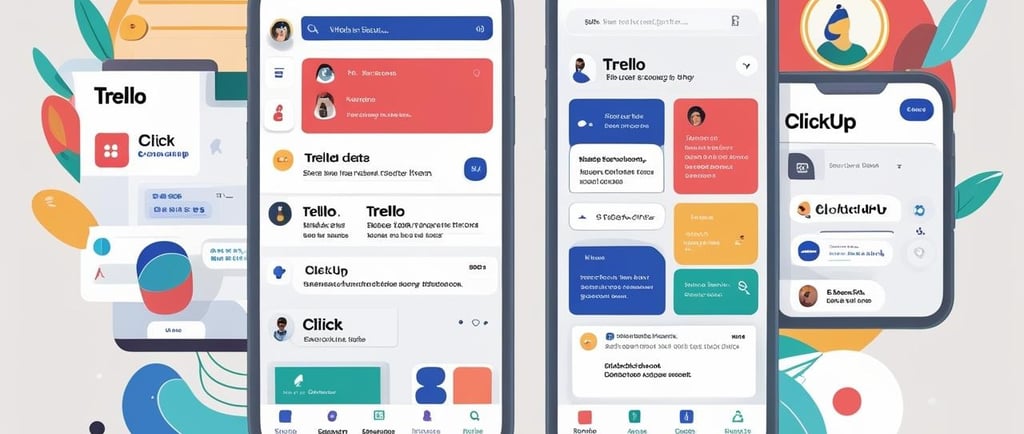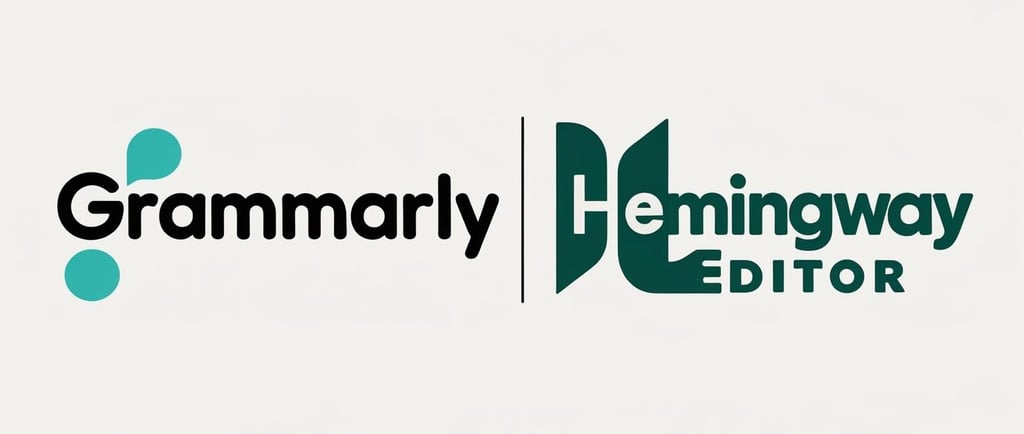Juggling Genius: My Favorite Tools for Seamless Content Creation and Client Harmony
Content Chaos to Creative Harmony: My Go-To Tools!
DIGITAL MARKETING
Omama Salame
6/23/20253 min read


For the Core Content Hub: Google Workspace (Docs, Drive, and Sheets)
It might sound basic, but Google Workspace remains the backbone of my content operations.
Google Docs is invaluable for collaborative writing and editing. Real-time co-editing means writers and editors can work simultaneously, and the suggestion mode is perfect for proposing changes without directly altering the original text. The comment feature allows for precise, in-context feedback, preventing endless email threads.
Google Drive serves as our central repository for all content assets – briefs, drafts, images, research, and final versions. Its robust folder structure keeps everything organized and easily searchable. Permissions can be finely tuned, ensuring everyone has access to what they need, and nothing more.
Google Sheets is surprisingly powerful for content calendars and tracking. We use it to map out content ideas, assign topics, set deadlines, track progress (draft, review, approved, published), and even monitor performance metrics.
The best part? It's universally accessible, and most people are already familiar with it, minimizing any learning curve for new team members or clients.
As someone who thrives on creating engaging content, I've learned that the magic truly happens when creativity meets impeccable organization. Managing multiple writers, content creators, and the ever-important client feedback loop can feel like a high-wire act. But over the years, I've discovered a few indispensable tools that keep the entire content production process running smoothly, ensuring both quality output and happy clients.
Here are my go-to platforms that have transformed my content workflow:
For Task Management & Workflow Clarity: Trello -ClickUp
When you have multiple pieces of content in various stages, a visual project management tool is a game-changer. I often toggle between Trello and ClickUp, depending on the project's complexity.
Trello is fantastic for its simplicity and visual Kanban boards. Each content piece can be a card, moving through lists like "Ideas," "Assigned," "Writing," "Editing," "Client Review," and "Published." Checklists within cards help break down tasks, and due dates keep everyone accountable. It's incredibly intuitive for a quick overview of where everything stands.
ClickUp offers more robust features for larger, more intricate content strategies. Beyond boards, you can view tasks in lists, calendars, or even Gantt charts. Custom statuses, dependencies, and automated reminders make it ideal for managing complex editorial pipelines with multiple stakeholders and intricate approval processes. The ability to attach documents and have threaded conversations directly within tasks streamlines communication significantly.
Both allow for clear assignment of roles and responsibilities, reducing confusion and ensuring nothing falls through the cracks.




3. For Seamless Client Feedback & Approvals: Filestage / MarkUp.io
This is where the magic truly happens in client relations. Gone are the days of endless email chains with vague feedback. Dedicated proofing tools are a lifesaver.
Filestage and MarkUp.io (among others like PageProof) are fantastic for collecting precise client feedback. They allow clients to directly annotate on various file types (documents, images, videos, web pages) with comments, highlights, and even draw on the content. This visual, in-context feedback is incredibly clear and actionable, eliminating misinterpretations.
They provide version control, so you can easily track changes and present new iterations. Approval workflows are built-in, meaning clients can formally approve content, giving you a clear green light to move forward. This professionalism and clarity elevate the client experience immensely.


4. For Polishing & Perfection: Grammarly / Hemingway Editor
Before any content goes to a client or gets published, a final polish is essential.
Grammarly is my non-negotiable for catching grammatical errors, spelling mistakes, and even offering suggestions for clarity and conciseness. Its AI-powered suggestions help writers improve their craft over time.
Hemingway Editor is brilliant for readability. It highlights complex sentences, passive voice, adverbs, and generally helps simplify prose, making content more digestible and engaging for the audience.
The Power of Integration
The true power of these tools lies in their ability to integrate with one another. For example, linking Google Docs directly into Trello or ClickUp tasks, and then using a proofing tool for client review, creates a smooth, interconnected workflow.
Managing multiple writers, content creators, and client feedback doesn't have to be a chaotic endeavor. With the right toolkit and a clear process, you can streamline your operations, foster creativity, and consistently deliver high-quality content that keeps everyone happy. What are your favorite tools for managing your content teams? Share your insights in the comments below!

Subscribe to our newsletter
Address
505-6300 avenue Auteuil,Brossard, Qc J4Z 3P2
